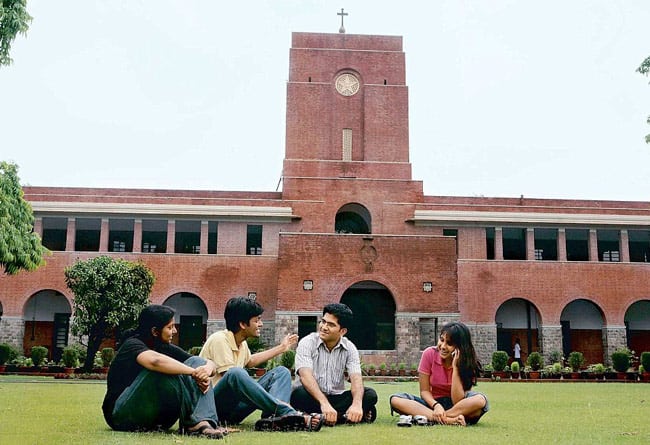In their college years, students pay no attention to their physical wellness which has hazardous implications in future. Here’s delving deep into the subject and discussing the changes one needs to bring in their lifestyle to improve their physical health.
College years can be some of the most stressful years for a student- both mentally and physically. You are overburdened with academics, society activities, friends and social life, and so much more.
In such a scenario, students, more often than not, forget taking care of themselves and pay no attention to their physical wellness. Several unhealthy habits ingrained during college years often deteriorate their health which become the root of health issues later in life.
How often do you prefer eating out over cooking for yourself? Do you also spend the most amount of your day sitting in front laptop completing your assignment or well, just binging shows on Netflix?
During college years, students, especially those living in hostels, find themselves involved into unhealthy eating habits like eating junk food very often, binging on unhealthy snacks during midnight study sessions, heavy dependence on caffeine among others. Excessive intake of such unhealthy high-on-calorie food items leads to problems like obesity.
There’s also a considerable reduction in the number of physical activities performed by college students as compared to when they were in school. Lack of any compulsory physical exercise like sports in college gives students numerous reasons to never leave the comfort of their cozy beds and go out in the fresh air. Physical lethargy leads to mental lethargy, robbing students of concentration and an active mind.
In conversation with DU Beat, Sakshi from Kamala Nehru College (KNC) said that she didn’t remember the last time she played any sport during her college years. She also added that regular intake of junk food and soft drinks have become the norm of college life.
This decline in attention towards physical health is worrisome, for it may have several hazardous implications for students.
Thus, it’s quite important for college students to become aware of their daily physical habits and to not ruin it further every day. Small changes are key to bringing about a major change in one’s physical lifestyle.
Prefer cooking at home over regularly binging junk food outside. Try healthier snack options during your late night study sessions. Get up from your bed and chair every hour, take a walk outside in the fresh air, and give your body some physical movement like sports and exercise. Simran from Gargi College said, “I have started exercising daily in my hostel itself due to lack of time to go to the gym. It helps me feel rejuvenated and healthy.”
Engaging in sports brings an individual not only physical benefits but they also leave the person mentally fresh and energised. Dharna Bothra from KNC said, “I feel extremely active and energised not only physically but also mentally after playing sports.”
So, put your phones down, get up from your beds and take a long walk outside. Do your physical health a favor!
Feature Image Credits: Northern Lights College
Shreya Agrawal









